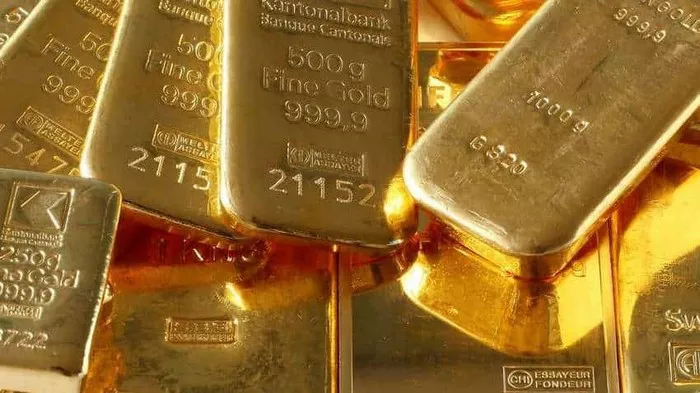Gold has been a valuable commodity for centuries, serving as a hedge against inflation and a safe haven investment. One of the ways investors can gain exposure to gold is through futures contracts. Gold futures contracts provide an opportunity for traders to speculate on the future price of gold without physically owning the metal. In this article, we will explore how gold futures contracts work, covering key concepts and mechanics involved.
Understanding Futures Contracts
-
Definition and Purpose
A futures contract is a legally binding agreement between two parties to buy or sell an asset at a predetermined price on a specified future date. Gold futures contracts, in particular, involve the buying or selling of gold at a future date, typically three months from the current date. The primary purpose of these contracts is to provide a standardized method for gold producers, consumers, and investors to manage their price risk.
-
Contract Specifications
Gold futures contracts have specific specifications that determine the terms of the agreement. These specifications include the contract size, price quote, expiration month, and minimum price fluctuation. For instance, a standard gold futures contract may represent 100 troy ounces of gold, quoted in U.S. dollars per ounce, and have expiration months of February, April, June, August, October, and December.
Mechanics of Gold Futures Contracts
-
Long and Short Positions
In gold futures trading, there are two main positions: long and short. A trader who expects the price of gold to rise will take a long position by buying a gold futures contract. Conversely, a trader anticipating a decline in gold prices will take a short position by selling a gold futures contract. These positions can be held until the expiration date or closed out before that by taking an opposing position.
-
Margin Requirements
To trade gold futures, traders must deposit an initial margin with their broker. The margin serves as collateral and ensures that traders can fulfill their financial obligations. Initial margin requirements are set by the exchange and typically represent a percentage of the contract’s total value. Moreover, traders are required to maintain a maintenance margin, which is the minimum amount of equity necessary to keep the position open.
-
Marking to Market
Gold futures contracts are marked to market on a daily basis. At the end of each trading day, the settlement price of the contract is determined. If the price has moved in favor of the trader, the profit is credited to their account. Conversely, if the price has moved against the trader, the loss is debited from their account. This process continues until the contract is closed out or reaches its expiration date.
Price Determination and Factors Affecting Gold Futures
-
Price Determination
The price of gold futures is influenced by several factors, including supply and demand dynamics, geopolitical events, macroeconomic indicators, and investor sentiment. These factors collectively determine the equilibrium price of gold at any given time. As market participants buy and sell futures contracts based on their expectations, the price is continuously adjusted to reflect new information and market conditions.
-
Leverage and Volatility
One of the key advantages of trading gold futures is the ability to use leverage. With a relatively small amount of capital, traders can control a larger position. However, leverage can magnify both profits and losses. Gold futures trading can be volatile, as the price of gold can experience significant fluctuations within short periods. Traders must exercise caution and employ risk management strategies to mitigate potential losses.
Settlement of Gold Futures Contracts
-
Physical Delivery vs. Cash Settlement
Most gold futures contracts are cash-settled, meaning that physical delivery of the underlying asset (gold) does not occur. Instead, on the expiration date, the contract is settled by cash. The settlement price is determined based on the final trading price of the contract and is usually calculated using a volume-weighted average price during a specific period.
-
Delivery Process
In cases where physical delivery is required, the exchange will specify the rules and procedures for the delivery process. Traders who intend to take or make delivery of gold must provide the necessary documentation and comply with the exchange’s guidelines. Physical delivery is less common among speculators and more relevant for entities with a commercial interest in gold, such as jewelry manufacturers or mining companies.
Conclusion
Gold futures contracts offer traders and investors a convenient way to gain exposure to the price movements of gold without owning the physical metal. By understanding the mechanics and concepts involved, market participants can effectively utilize gold futures as part of their investment and risk management strategies. However, it’s crucial to recognize the risks associated with futures trading and exercise prudent decision-making to navigate the market successfully.


